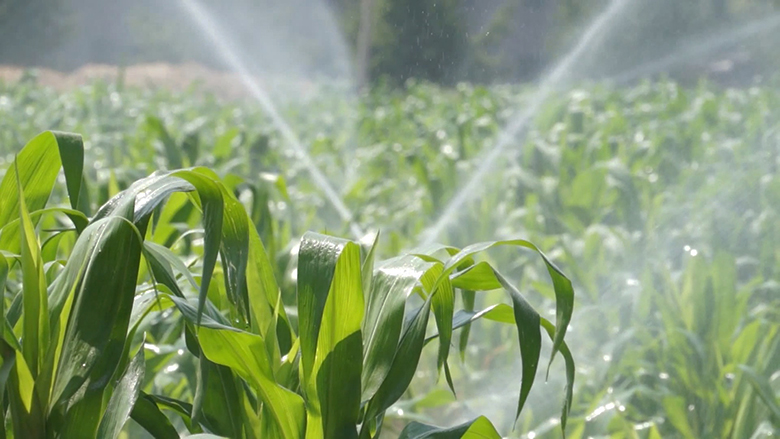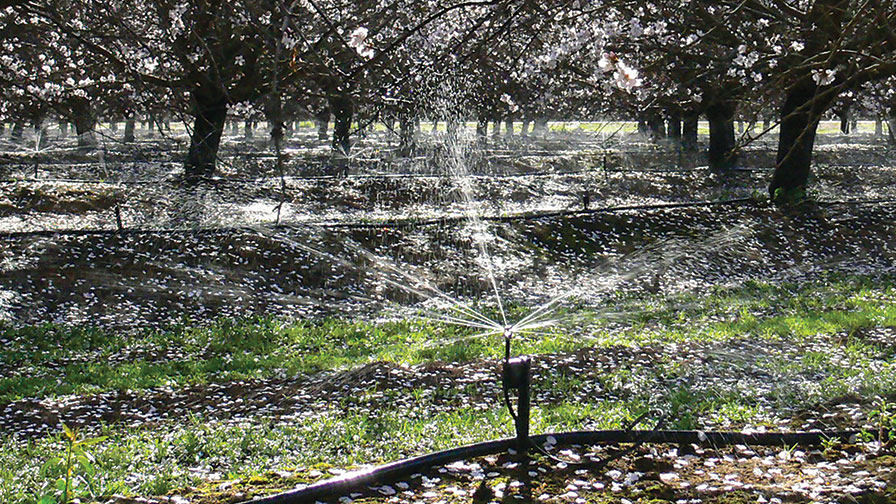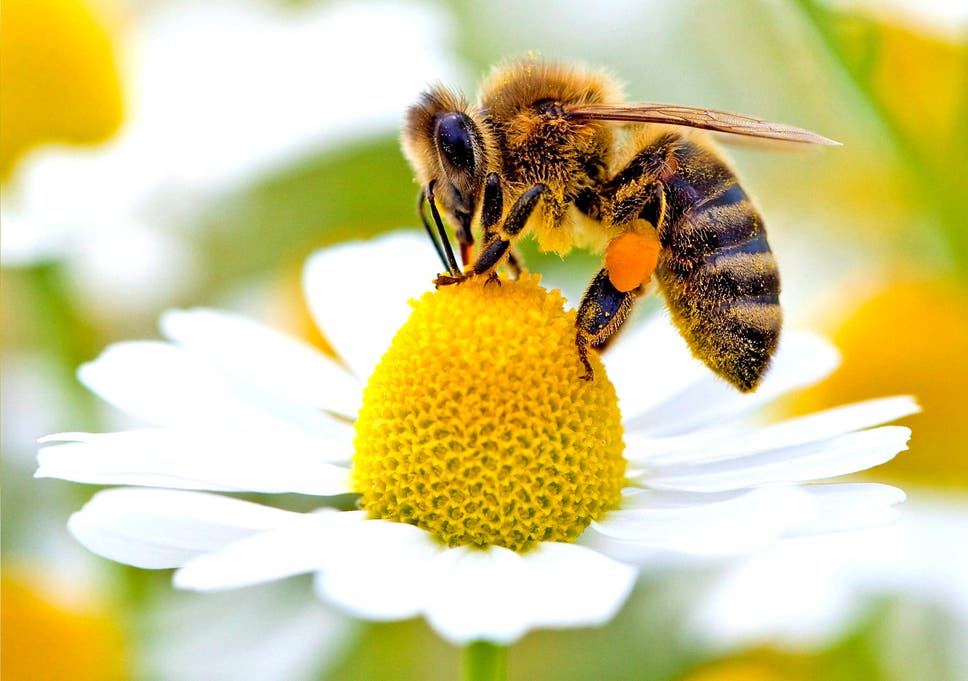



It may be identified that the farmers of Australian almonds can be deemed as world leaders when it comes to the productive usage of water. The personnel operating the almond industry are one of the most environmentally aware individuals as compared to other sectors. Since water is a vital resource in the world of farming and irrigation, it is essential that this resource is utilized productively. Furthermore, almonds require about 12 to 14 megalitres of water per hectare on fully developed orchards. This water quantity produces 3.2 tonnes of almond kernels, along with 6 tonnes of hulls and shells. These hulls and shells are predominantly employed as food for cattle and other such farm animals. Moreover, during droughts, hulls and shells are utilized in abundance.


During the current times, the almond industry has invested a considerable amount of money into developing highly efficient irrigation systems. Thus, 95% of orchards now utilize the method of drip irrigation. Through this, the water application can be closely monitored along with accurate timings. This method allows the farmers to meet the tree requirements, and it also minimizes any harsh environmental impacts.


These nuts and honeybees are mutually beneficial for one another. Not only do they co-exist, but they ensure that this relationship allows both of the parties to thrive. For instance, the almond blossom is the highest nutritional source for bees during the spring times. If the statistics are considered, Australia currently houses 23,000 hives during their pollination season. Moreover, with time this figure is quickly expanding. Additionally, as the bees are travelling from one tree to another, they cross-pollinate the almond blossoms with pollen and other such varieties. Therefore, these hives are always located in open spaces to allow the sun to provide warmth for the bees. Simultaneously, the water is distributed throughout the orchard in order to offer the bees a drink. Hence, the almond industry invites the beekeepers to bring their hives during the spring season to promote the symbiotic relationship between the two parties.


Article by: Hari Yellina (Orchard Tech)